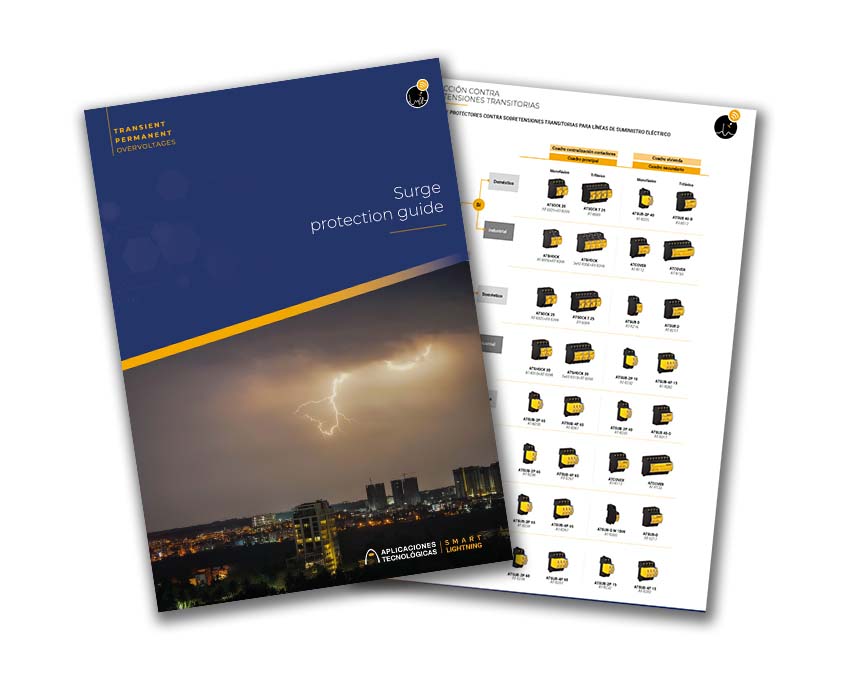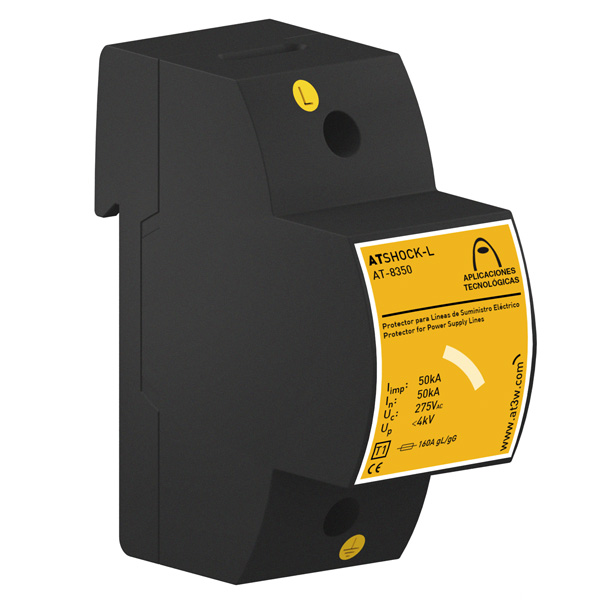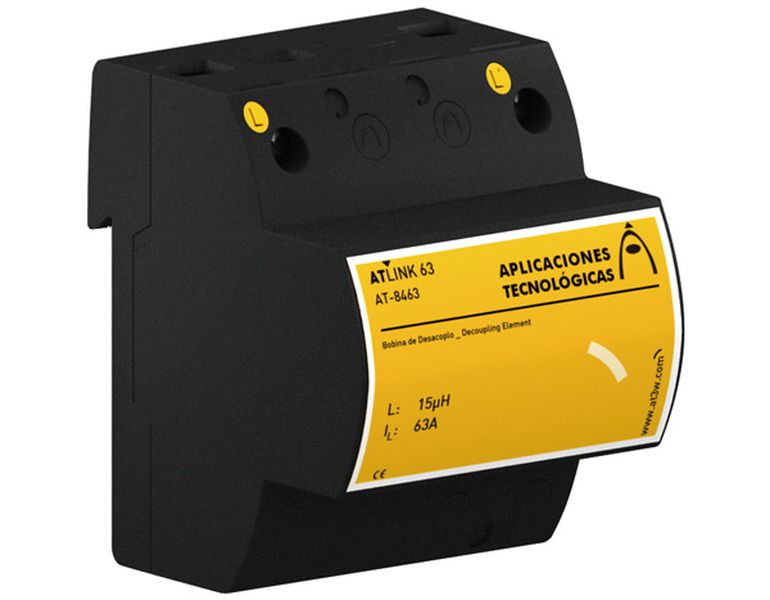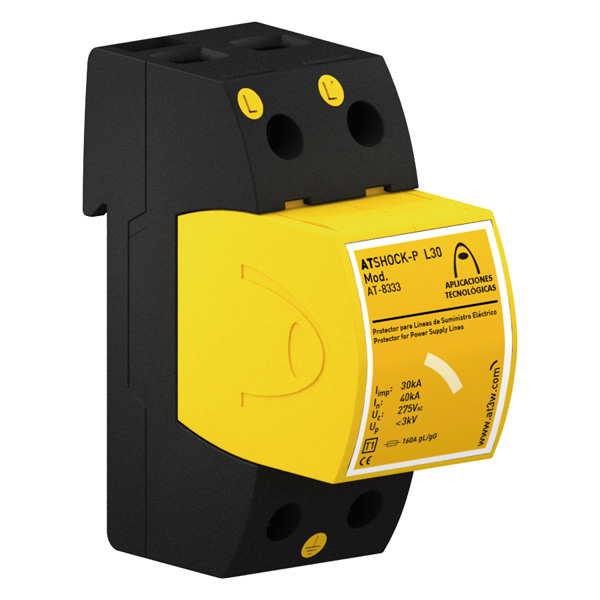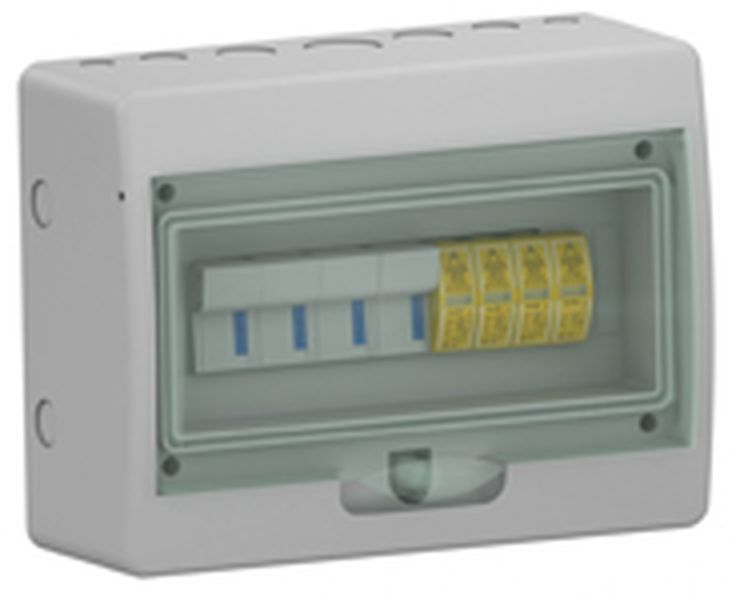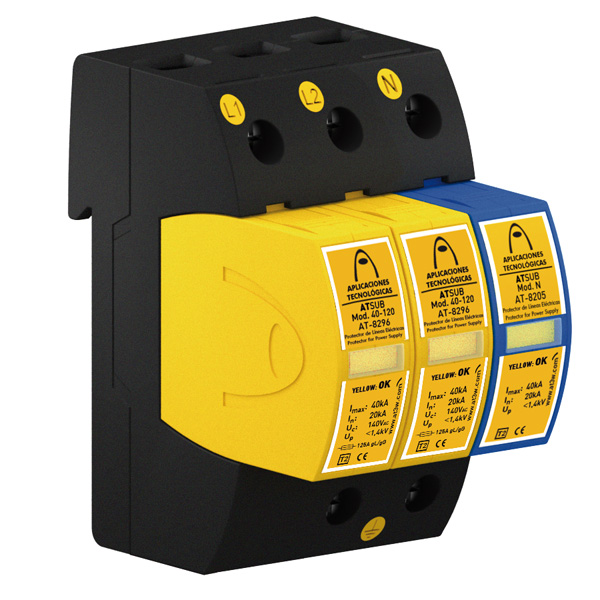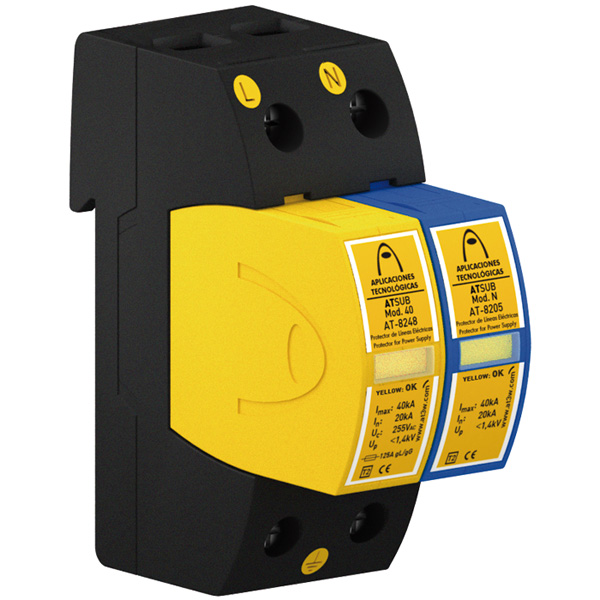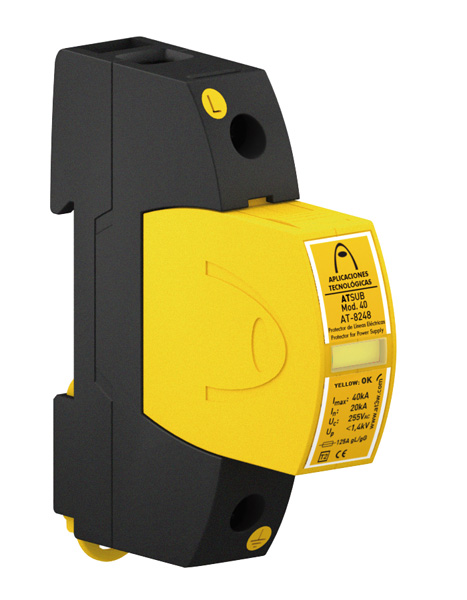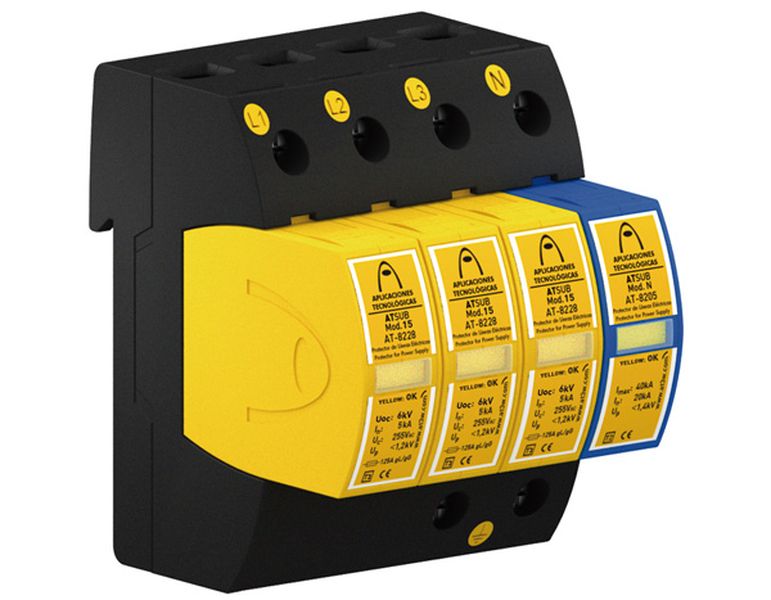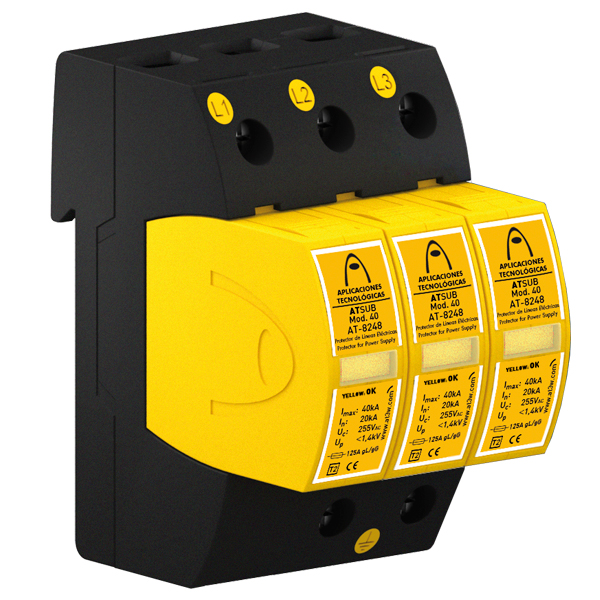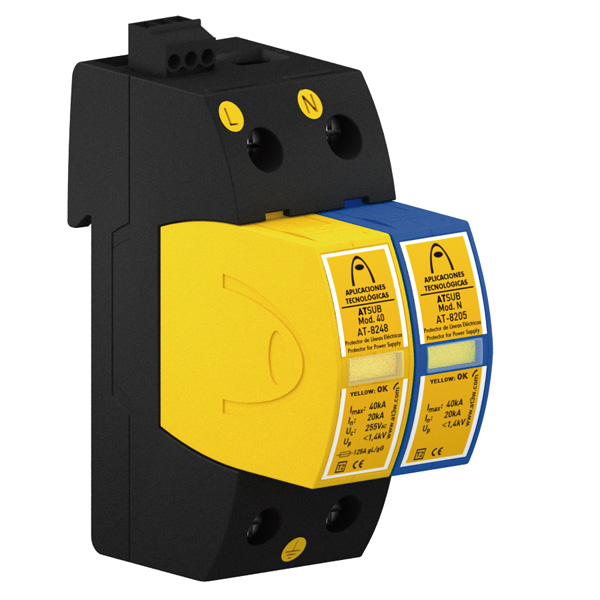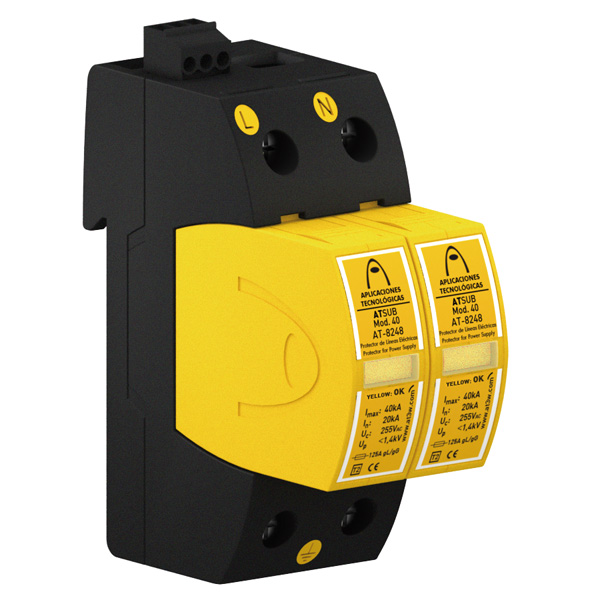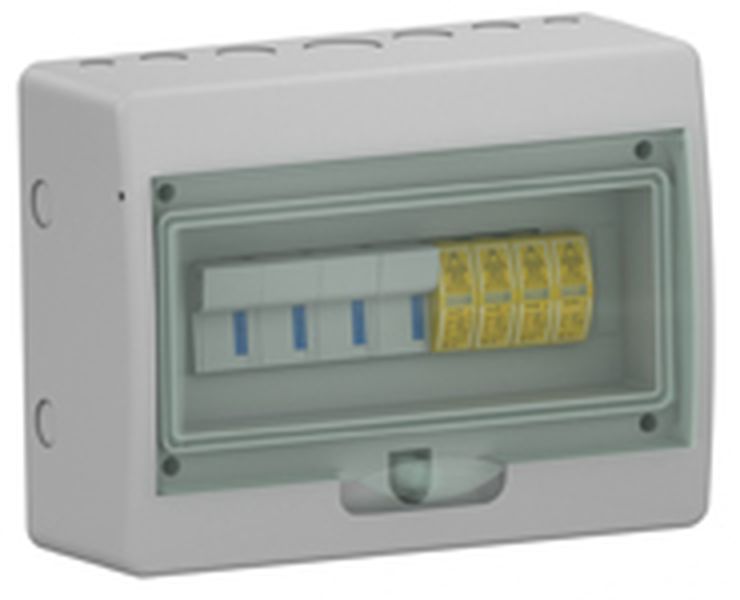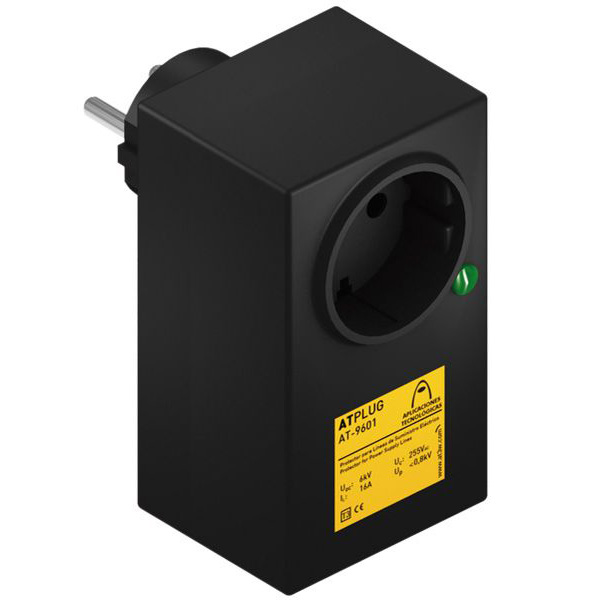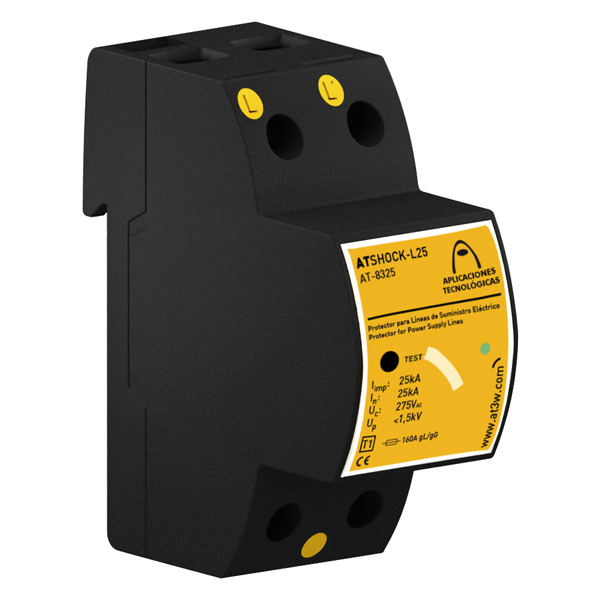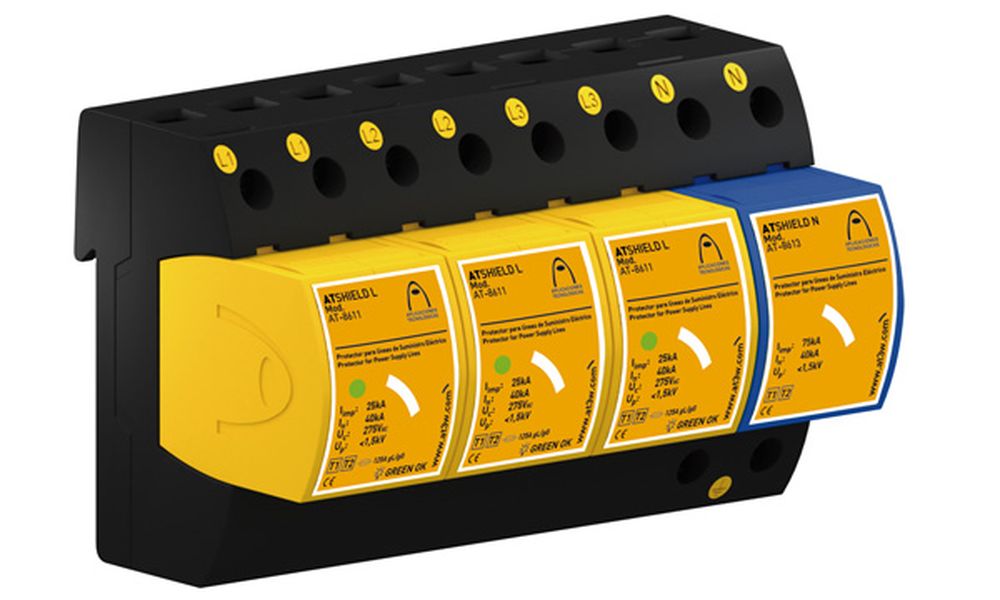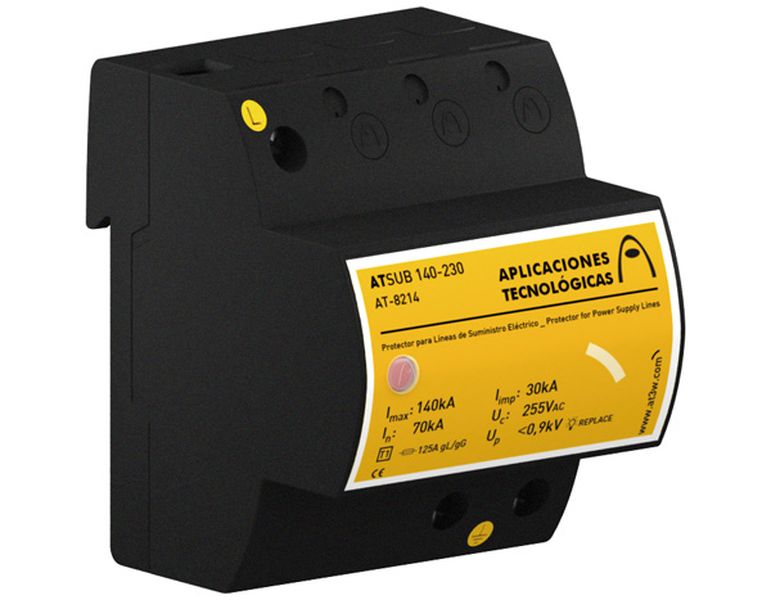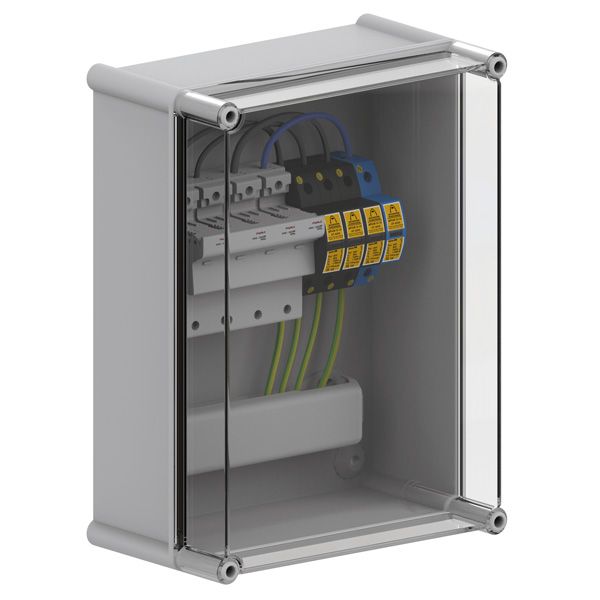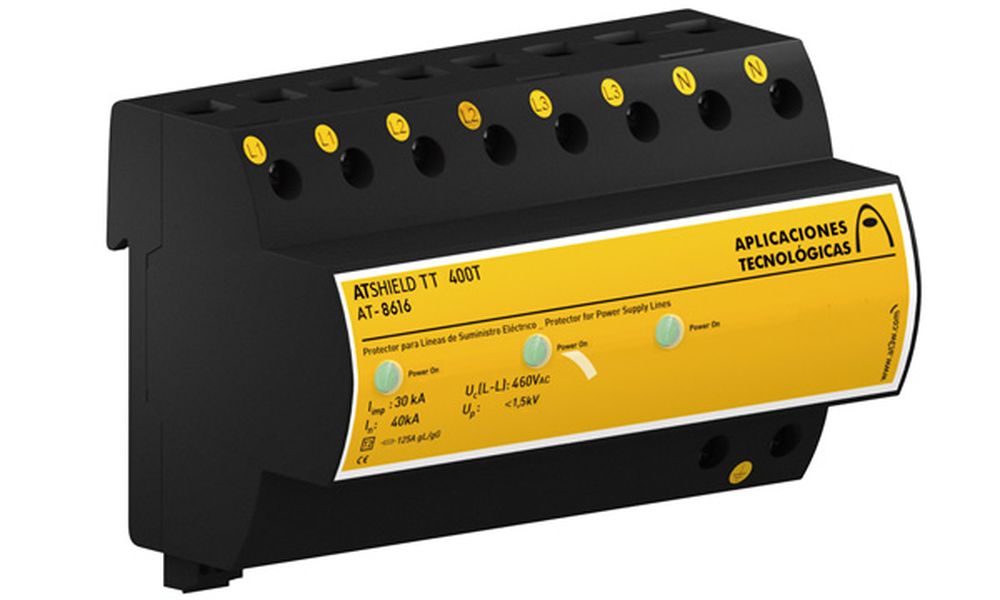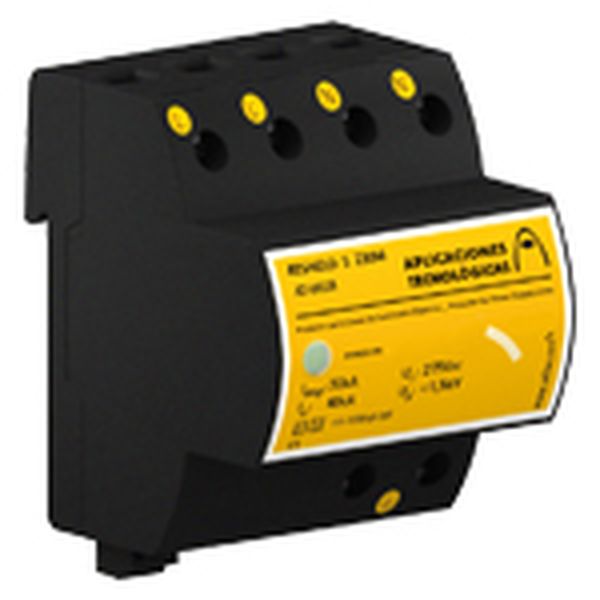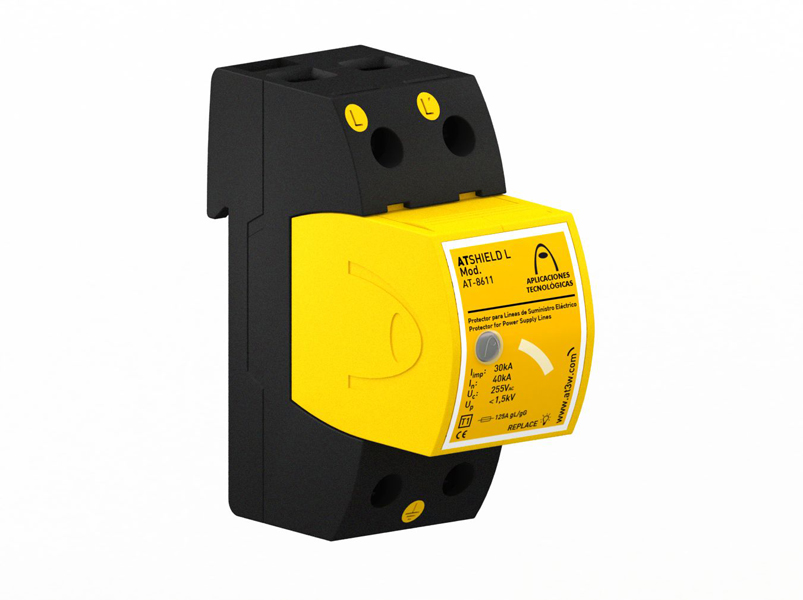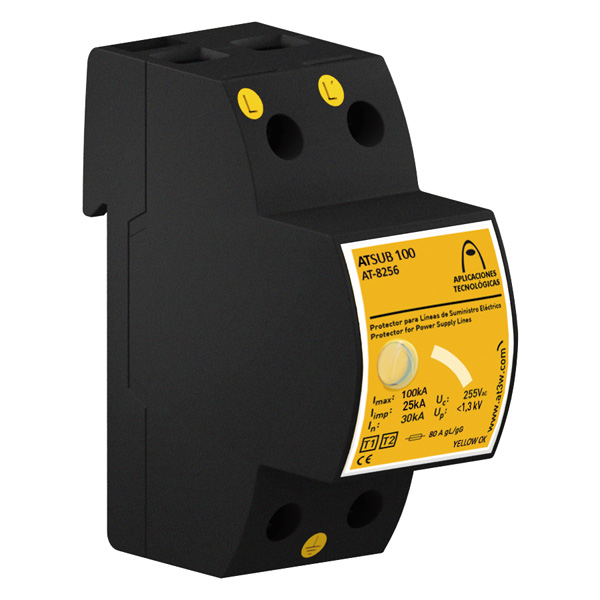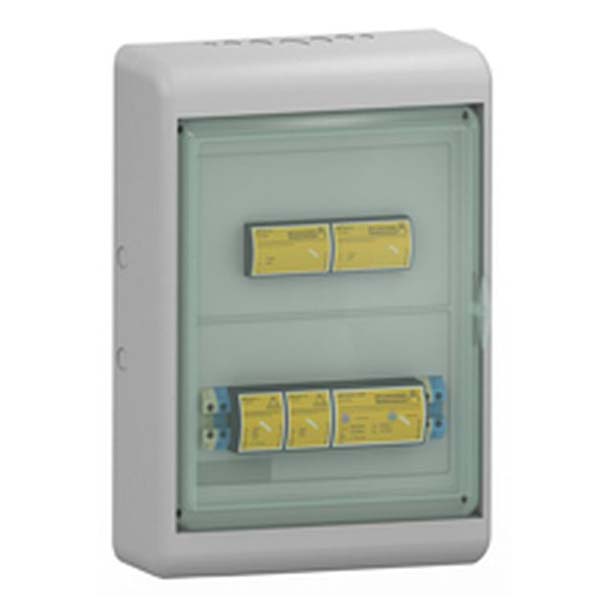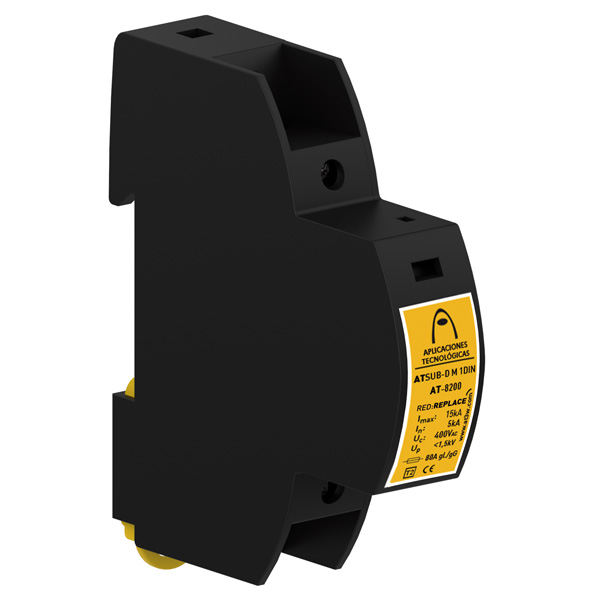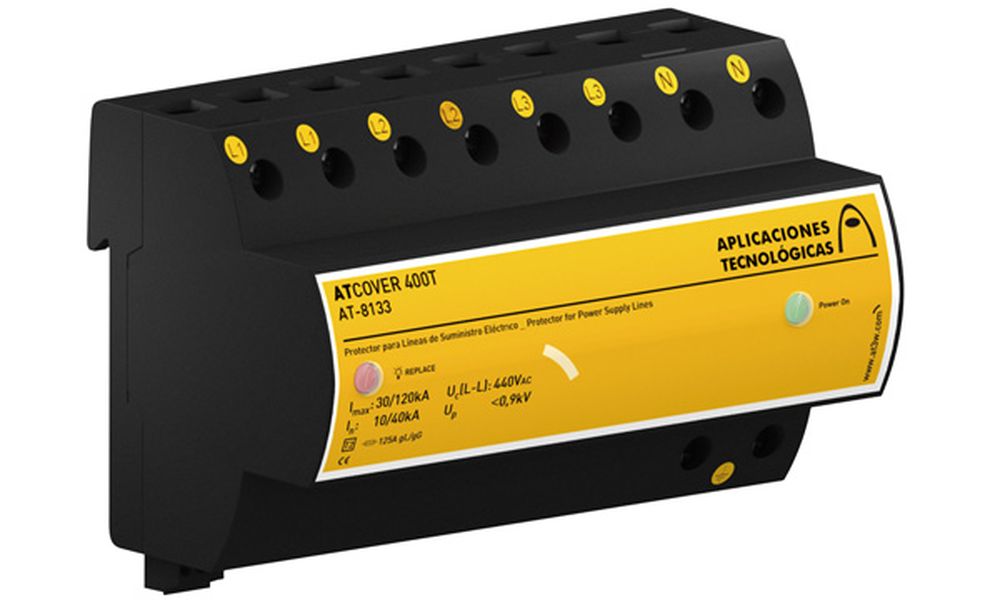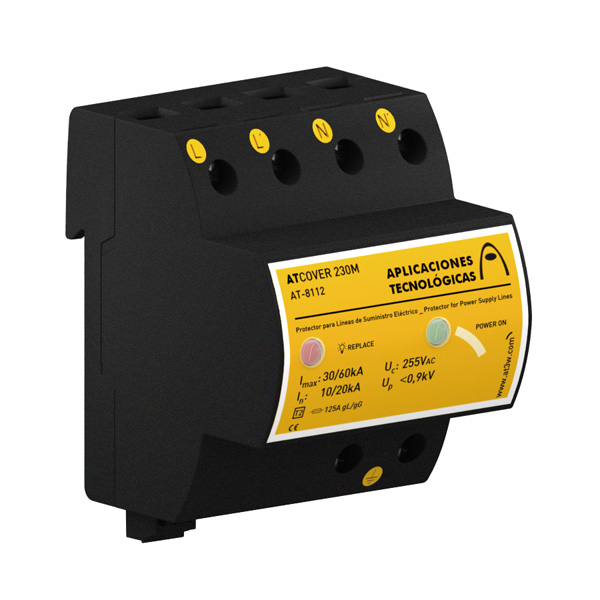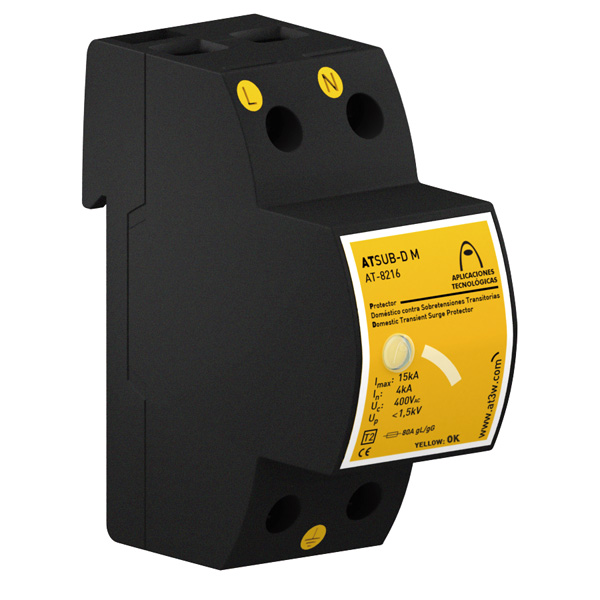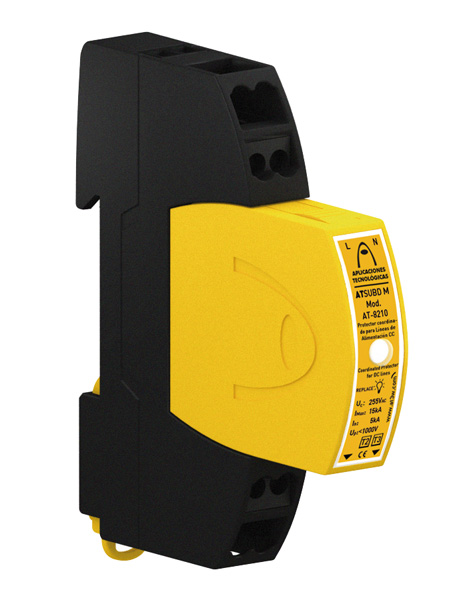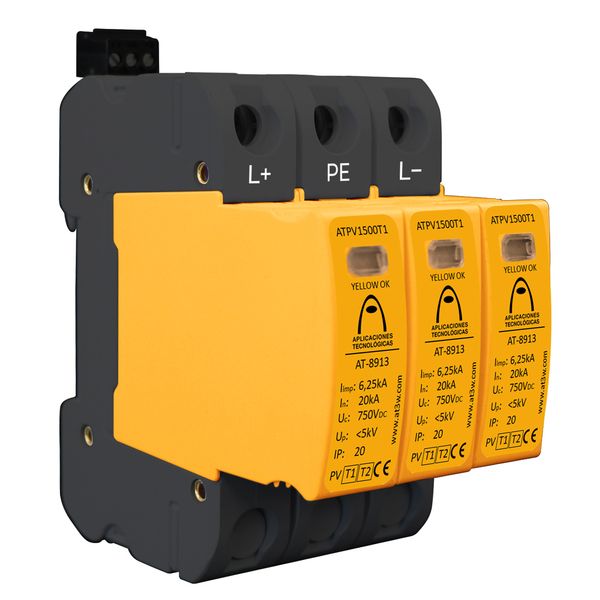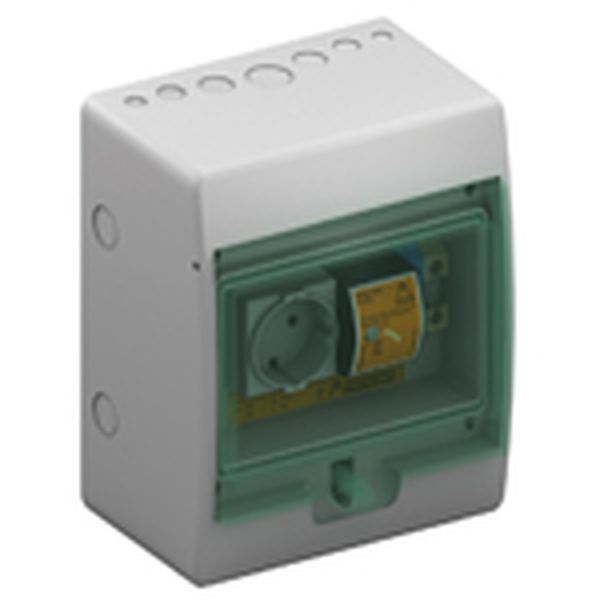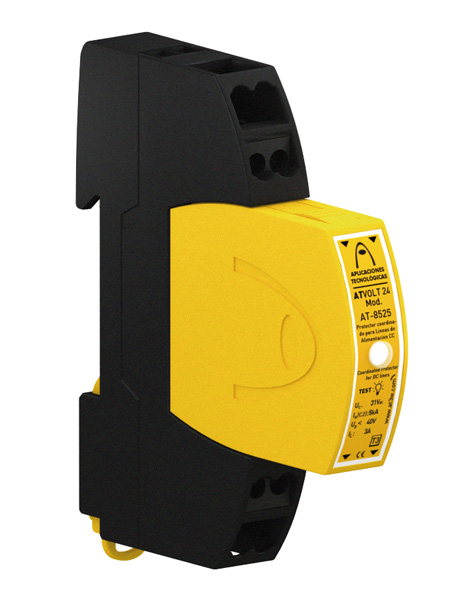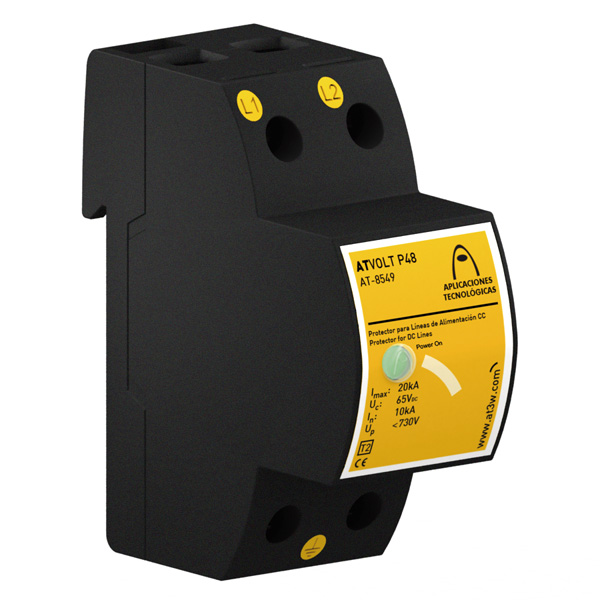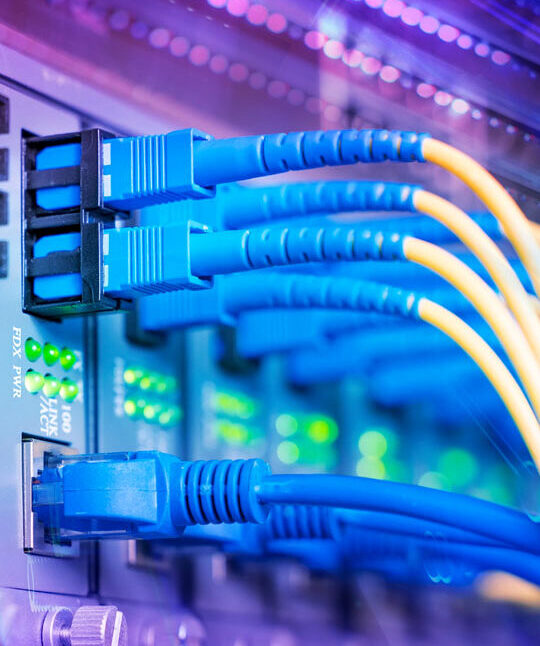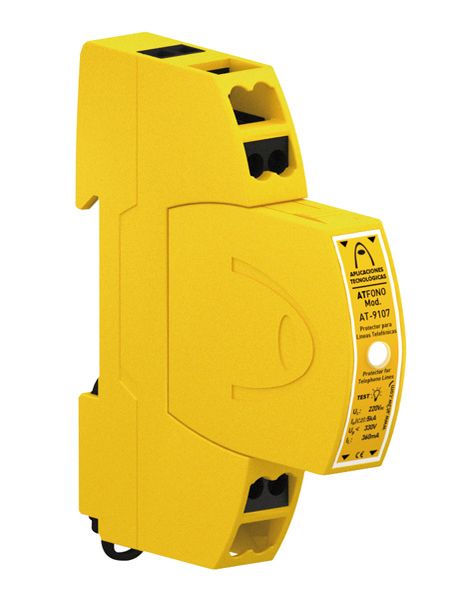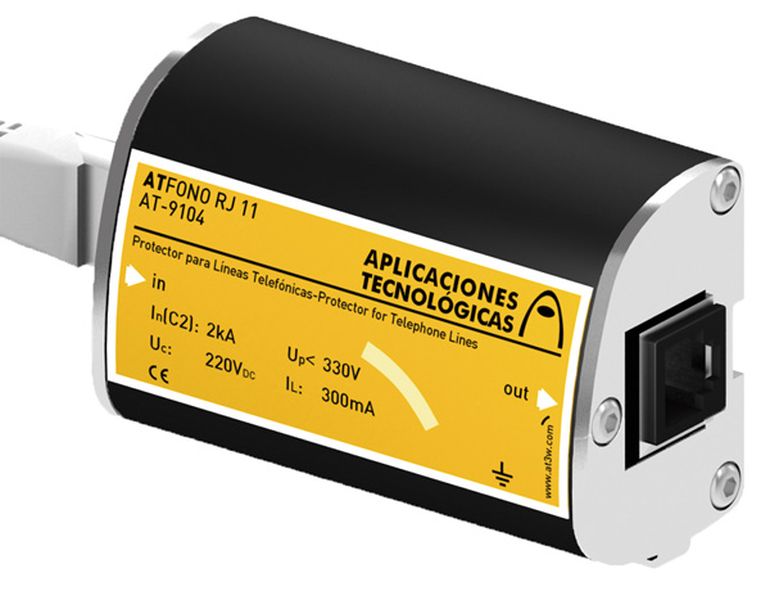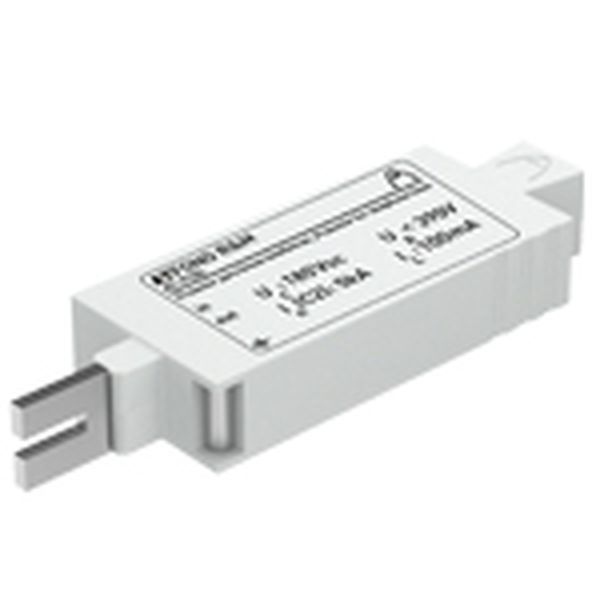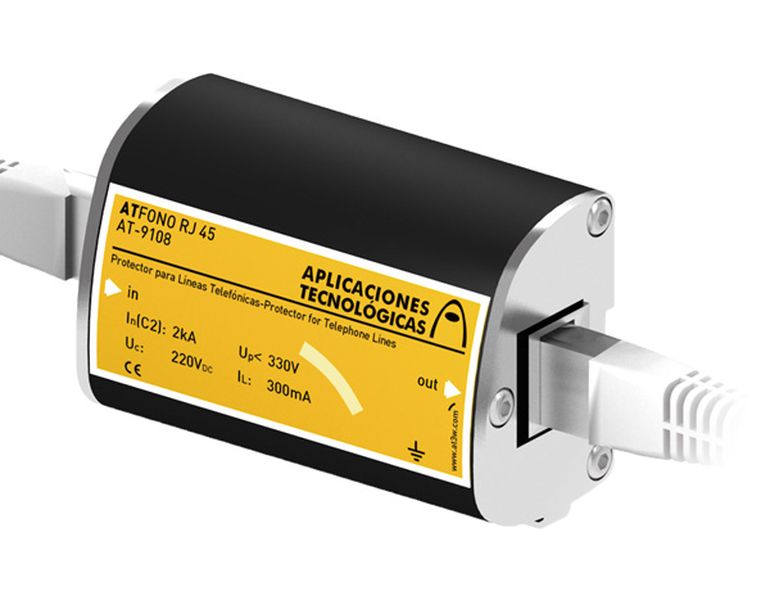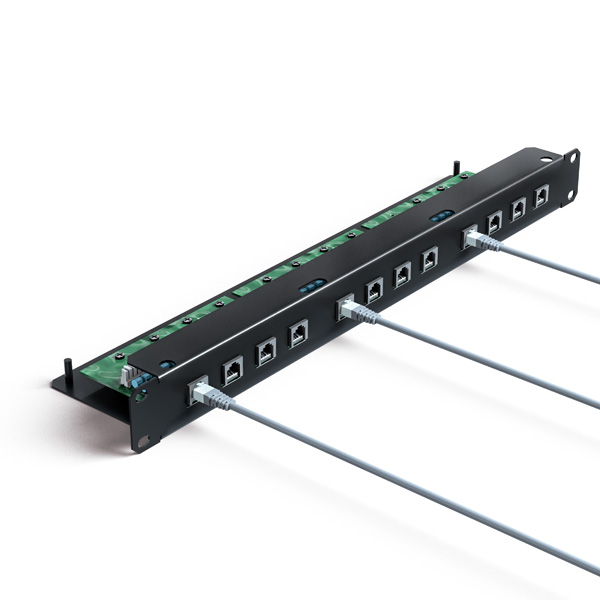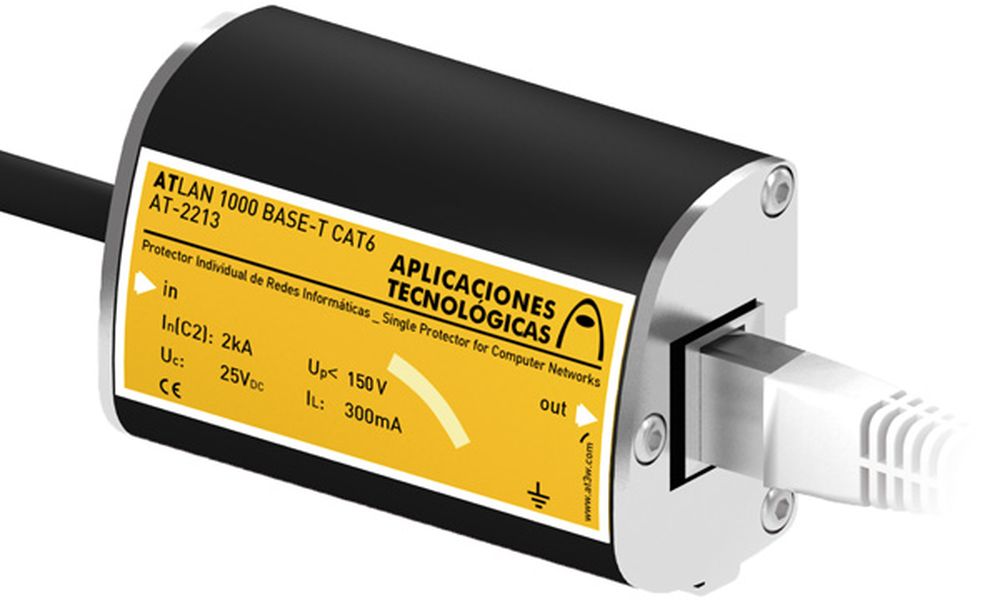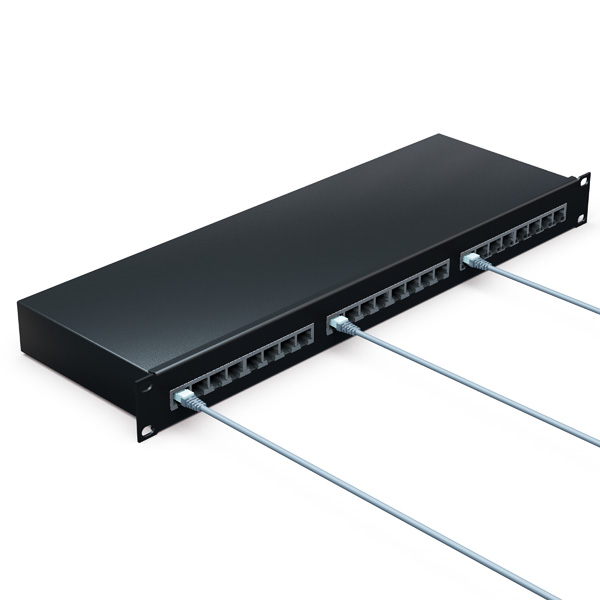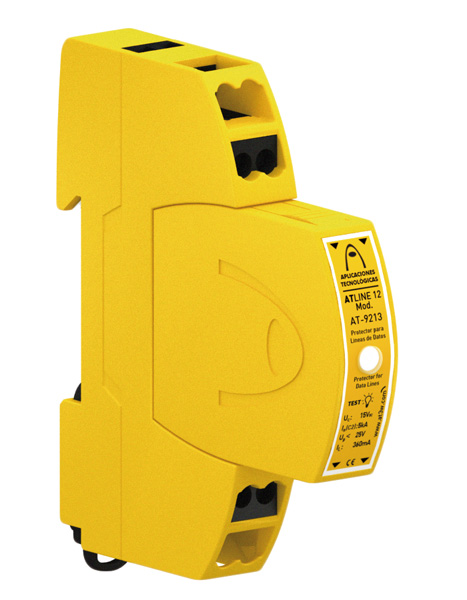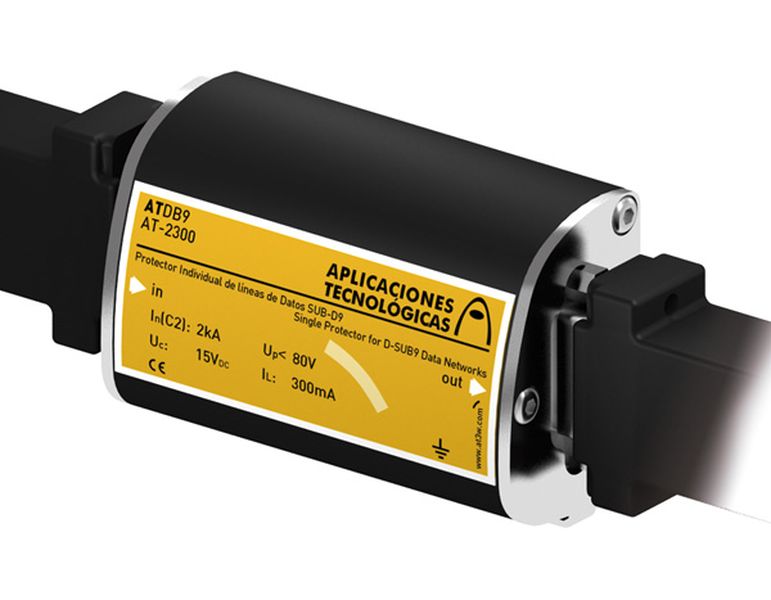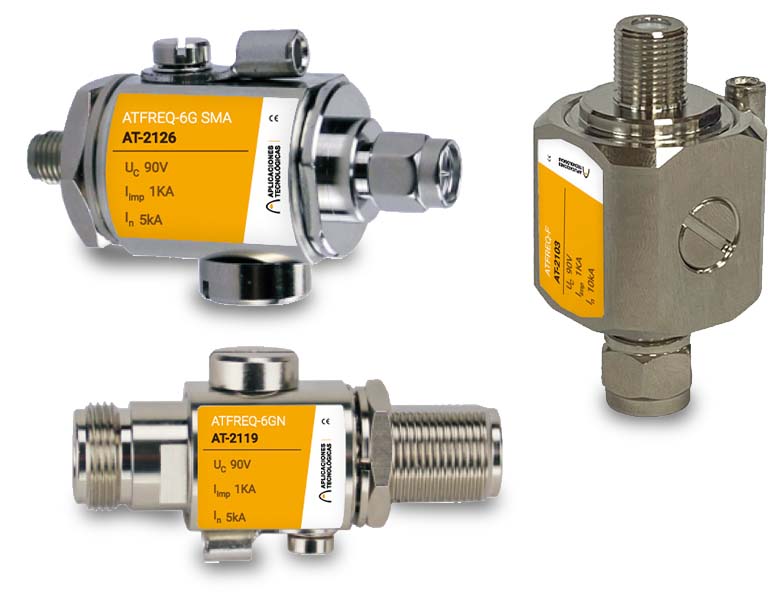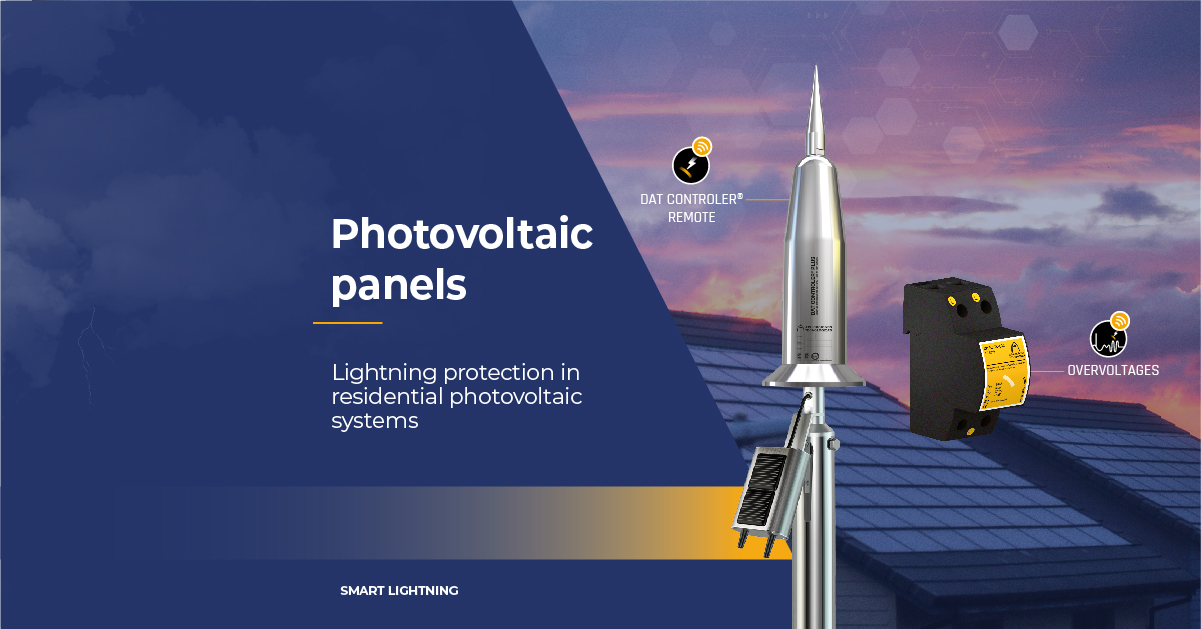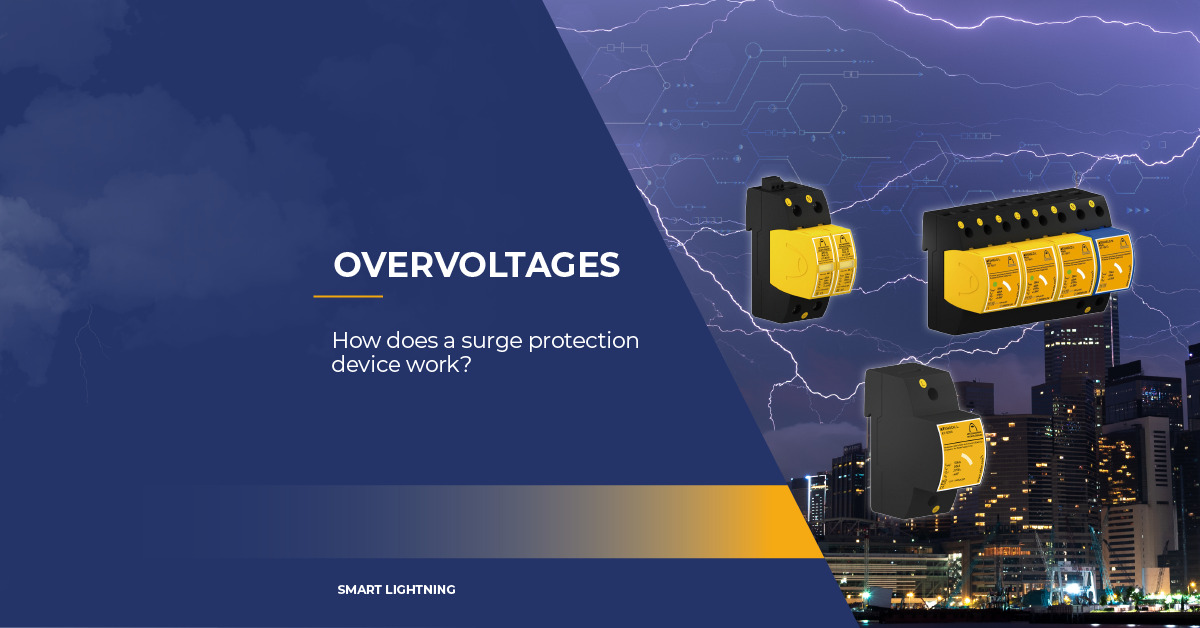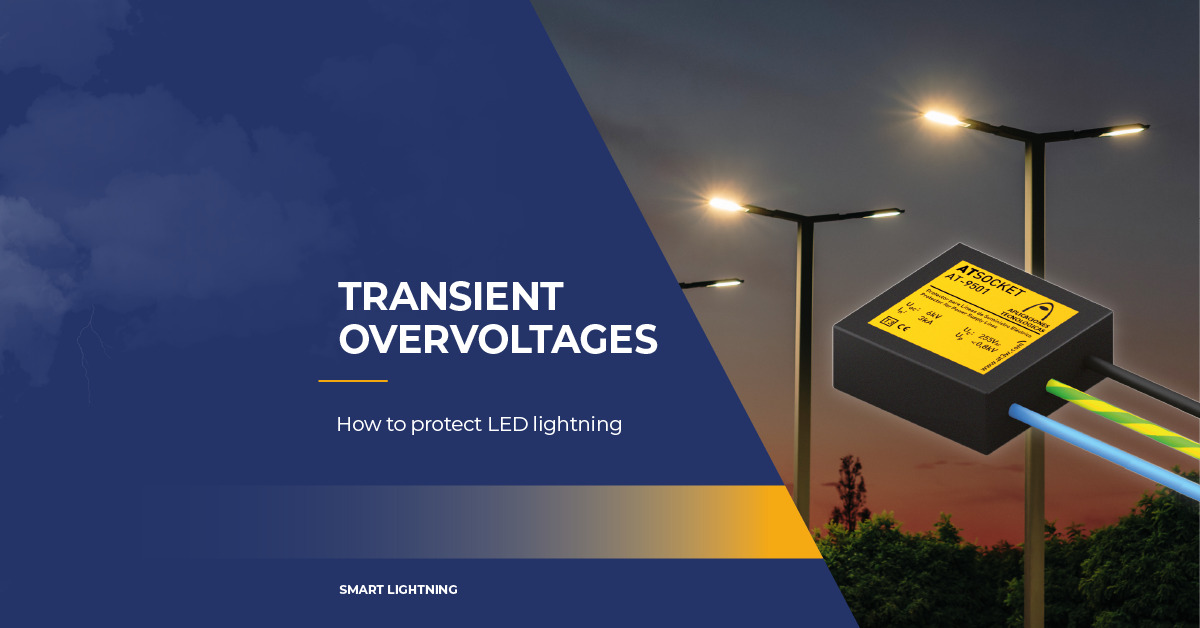Transient
Overvoltages
Keep equipment connected go power or data lines safe from indirect lightning discharges, switching processes or failures.
- Aplicaciones Tecnológicas
- /
- Smart Lightning
- /
- Protection against transient overvoltages
Transient Overvoltages
and protective devices
and
Transient overvoltages are an increase of voltage on the electrical network, measured between two conductors. It may be due to atmospheric electric discharges (lightning), to switching or faulty processes (grounding or short circuit). The most destructive are those due to lightning.
Protection devices must respond instantly, safeguarding the equipment connected to the power supply lines and the data lines. The application standards in this field are IEC 61643-11 and IEC 61643-21.
How do overvoltages
enter the equipment?
Power supply, telephone, TV or data lines often cover long distances, far from any protected areas, and are connected to very sensitive equipment. This condition makes the lines especially receptive to overvoltages, which will then be transmitted by conduction to the connected equipment.
Care must be taken with overhead lines that connect sensitive equipment even in protected environments, as it is likely that dangerous voltages may be induced. It is also important to take into account that lightning and power switching generate high magnitude electromagnetic fields, thus inducing currents in the conductors placed inside the field.
Finally, lightning effects can enter through the earthing system, changing the voltage reference of all the equipment connected to it or to the power supply line itself.
In addition, when there are several buildings in the same area, the risk can increase due to the higher number of possible interconnections.
Our Surge
Protective Devices range
Protective
Selection Guide
This overvoltage guide is published to achieve a correct protection of any installation by choosing, just with a few questions, the proper Surge Protective Device model.
Is there any external lightning protection?
Overhead or buried power supply line
Domestic or industrial environment
Main or secondary board
Single or three-phase line
Power supply
protection
Therefore, proper overvoltage protection requires staggered and coordinated protectors with several protection stages acting sequentially so that they are able to, on the one hand, withstand all the lightning current and, on the other, leave a residual voltage which is harmless for the existing equipment or that which will later be installed.
Type 1 protectors against transient overvoltages should be tested with 10/350 µs lightning impulse wave, simulating the effects of direct lightning discharges.
Type 2 protectors against transient overvoltages should be tested with 8/20 µs current impulse wave, simulating lightning secondary effects.
Type 3 protectors against transient overvoltages should be tested with a combination impulse wave, simulating very attenuated overvoltages.
Type 1+2 protectors against transient overvoltages should be tested with 10/350 µs lightning impulse wave and 8/20 µs wave, combining the capacity to absorb lightning current with low residual voltage.
Type 2+3 protectors against transient overvoltages should be tested with 8/20 µs current impulse wave and a combination impulse wave, leaving low residual voltages.
Power supply protection for
special equipment
The different power supply protector series focus on AC power supply systems for different voltages. However, there is a lot of equipment which is supplied by special generators, such as batteries or solar cells with different types of voltages (continuous, pulses etc.) and a wide range of different characteristics regarding current, frequency, number of wires etc.
Very often this equipment is located in areas which are difficult to access, in usual storm areas and carrying out very important functions such as telecommunications, forest vigilance, environmental control etc. The protection of this type of equipment not only prevents destruction but also it being moved for repair, as well as interruption of the services they carry out.
Data and telecommunication
line protection
Surges often enter structures via telephone and data lines, thus affecting the equipment. Just like power supply lines, they can cover large distances and connect very sensitive electronic equipment. Besides, telephone and data lines usually drive very low currents and reach the most fragile components.
Data communication lines directly connect to integrated circuits, other electronic components through the printed board thin tracks. Surges can cause severe damage in these tracks and components, deteriorating or destroying them and also affecting the data they store. Telephone lines connect not only phone terminals but also more important and sensitive equipment, such as faxes and modems, inside and outside computers.
Furthermore, one of the consequences of the global use of the internet is that many machines (PLCs, electrical household appliances etc.) activate through the data line (home automation). This gives rise to the appearance of a new trend which consists of designing all kinds of devices for controlling electronic equipment from remote distances. This process often means the multiplication of cross-connections and wiring between devices that are placed in separate buildings or with different earthing systems. The risk of overvoltages damaging the equipment then increases considerably, causing great financial loss not only due to the equipment damage but also the delay or cancellation of the processes and the services they should provide.


